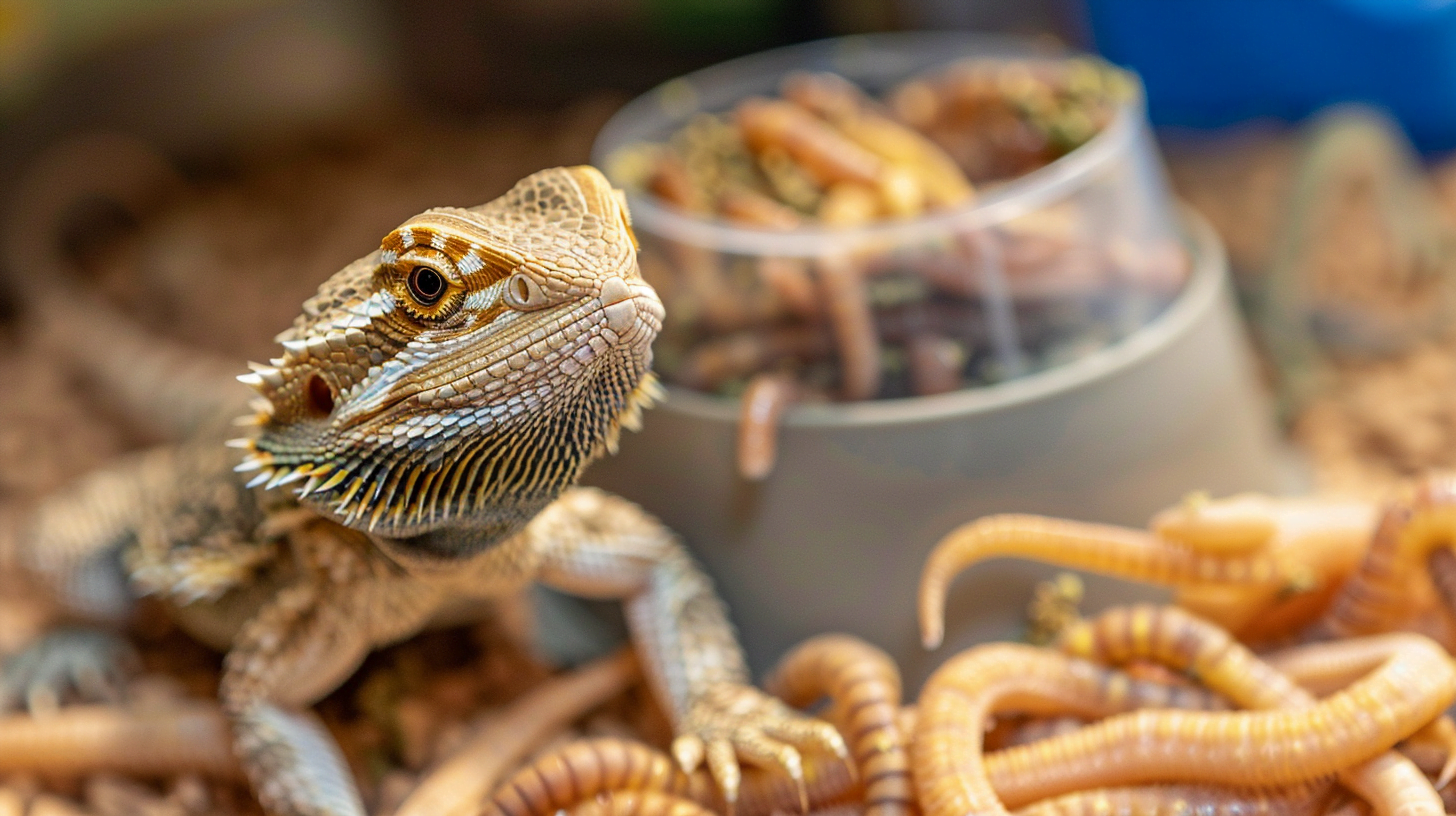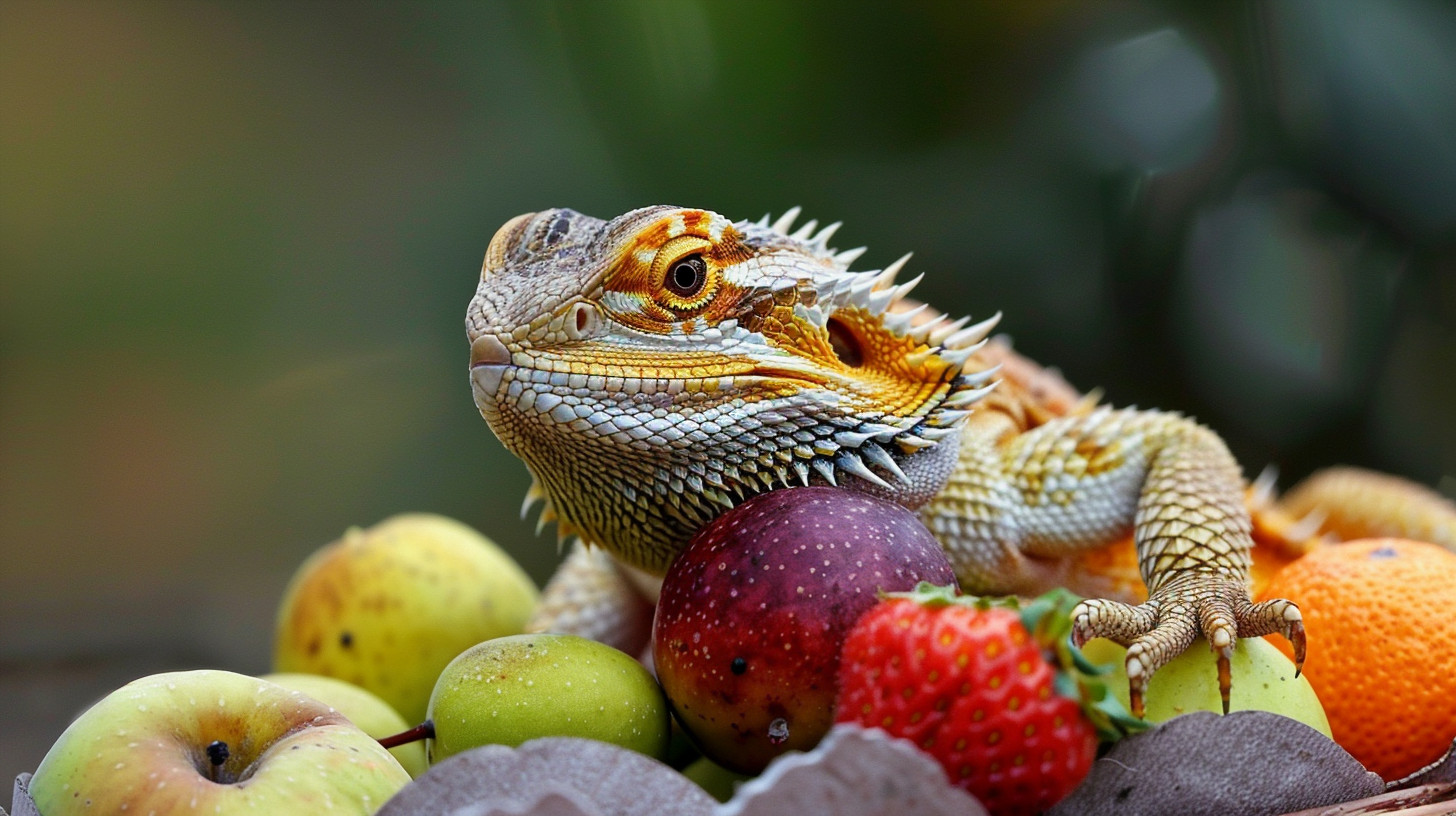The article explores the intriguing behavior of waving displayed by bearded dragons. It scrutinizes the reasons behind why these reptiles engage in such gestures and delves into the various contextual factors that influence this behavior. By examining the scientific research conducted on this subject, the article as the tiltle “The Fascinating Behavior of Waving Bearded Dragons” Might suggest, aims to provide a comprehensive understanding of the intricacies and significance of waving in bearded dragons.
The Behavior of Waving Bearded Dragons
Bearded dragons, scientifically known as Pogona vitticeps, are fascinating reptiles native to the arid regions of Australia. As a reptile enthusiast, I have always been intrigued by their unique behavior, particularly their waving gestures. In this article, I will delve into the behavior of waving bearded dragons, exploring the various aspects of this intriguing behavior.
What is Waving?
Waving is a distinctive behavior exhibited by bearded dragons, characterized by a repetitive side-to-side movement of their forelimbs. This behavior is often observed when bearded dragons encounter conspecifics or are exposed to certain environmental stimuli. By understanding what waving is and its distinctive features, we can gain insight into the underlying mechanisms and significance of this behavior.
When Do Bearded Dragons Wave?
The waving behavior of bearded dragons can be influenced by various factors, including developmental stages, time of day, seasonal patterns, and triggering events. Younger dragons may engage in waving more frequently than adults, possibly as a means of communication and social interaction. Additionally, bearded dragons tend to wave more during the daytime and exhibit seasonal variations in their waving behavior. Understanding the temporal patterns of waving can provide valuable information about the social dynamics and ecological context of this behavior.

Reasons Behind Waving
One of the primary reasons behind waving in bearded dragons is territorial display. By waving their forelimbs, these reptiles send visual signals to potential intruders, asserting their presence and defending their territories. Waving can also serve as a courtship behavior, with male bearded dragons using this gesture to attract potential mates. Moreover, waving can be a threat or defensive display, signaling aggression or dominance. By exploring the reasons behind waving, we can unravel the complex social dynamics and reproductive strategies of bearded dragons.
Communication through Waving
Visual communication plays a crucial role in the social interactions of bearded dragons. Through waving, these reptiles can convey important information to conspecifics, such as their intentions, social status, and recognition signals. Bearded dragons have the remarkable ability to recognize specific waving gestures and interpret them in the context of other behaviors. This interplay between visual signals and behavioral responses contributes to the intricate communication network among bearded dragons.

Significance of Waving Behavior
The waving behavior of bearded dragons holds great significance in terms of their species’ survival and fitness. By engaging in waving displays, bearded dragons can establish and defend territories, attract potential mates, and maintain social hierarchies. Furthermore, waving behavior can have ecological benefits, such as resource partitioning and reducing aggression within populations. Understanding the significance of waving can provide valuable insights into the evolution and adaptive advantages of this behavior.
Differences in Waving Among Bearded Dragons
While the waving behavior is common among bearded dragons, there can be significant variation in waving patterns among individuals. Factors such as sexual dimorphism, age-related differences, and individual variation can influence the frequency, intensity, and duration of waving displays. Studying these differences can shed light on the underlying mechanisms and potential underlying genetic or environmental factors contributing to the variation in waving behavior.
Physical Movements during Waving
Waving in bearded dragons involves a series of unique physical movements, including body posture, limb movements, head movements, and tail flicking. By closely examining the specific movements and their coordination during waving displays, we can gain a deeper understanding of the motor coordination and biomechanics involved in this behavior. Additionally, observing variations in physical movements can provide insight into the underlying neural and physiological mechanisms governing waving in bearded dragons.
Waving Frequency and Duration
Various factors can influence the frequency and duration of waving displays in bearded dragons, including environmental conditions, social context, and individual characteristics. Environmental factors such as temperature, humidity, and light cycles can influence the frequency of waving, with bearded dragons exhibiting diurnal patterns of waving behavior. Additionally, social dynamics and individual characteristics, such as size and dominance status, can influence the duration and intensity of waving displays. Investigating these factors can enhance our understanding of the proximate and ultimate causes of waving behavior.

Environmental Factors Affecting Waving
The waving behavior of bearded dragons can be influenced by a range of environmental factors. Factors such as temperature, humidity, and substrate type can affect the frequency and intensity of waving displays. Environmental cues, such as the presence of potential predators or available resources, can also trigger waving behavior. By studying the impact of environmental factors on waving, we can gain insights into the adaptive significance of this behavior and its ecological context.
Social Dynamics and Waving
Social interactions play a crucial role in the waving behavior of bearded dragons. Waving can serve as a means of establishing dominance hierarchies, resolving conflicts, and maintaining social cohesion within groups. By understanding the social dynamics and interactions associated with waving, we can unravel the complex web of social relationships and behavioral strategies employed by bearded dragons.
Conclusion
In conclusion, the waving behavior of bearded dragons represents an intriguing aspect of their social and communicative repertoire. By exploring the various aspects of waving, such as its definition, timing, reasons, communication significance, and variations, we can gain a comprehensive understanding of this behavior. Studying the waving behavior of bearded dragons not only deepens our knowledge of these captivating reptiles but also sheds light on the broader principles of animal behavior and communication.



